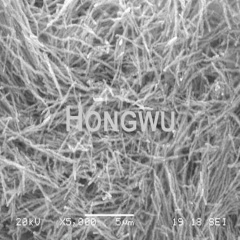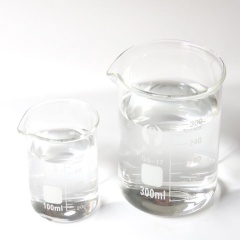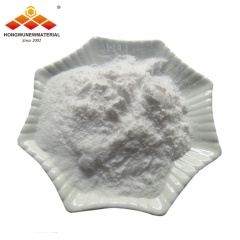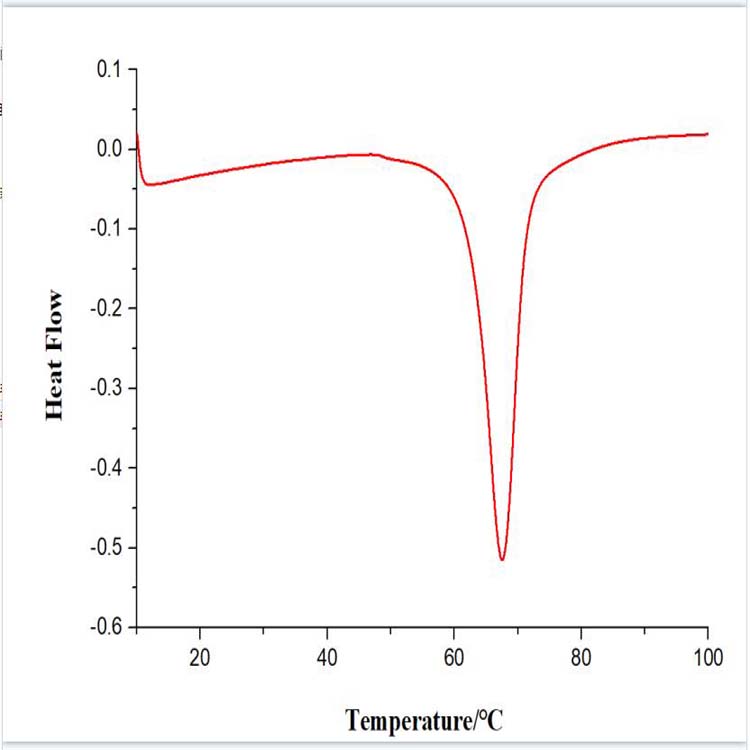Here some information on oxide nanoparticles material that can be used for batteries are collected.
1. Nano zinc oxide
Nano zinc oxide is used in a nickel-hydrogen battery to improve the electrochemical activity of the battery and the electrical conductivity of the motor.
2. Nano tungsten oxide
Many industrial processes are based on the chemical reaction on the surface. The larger the surface area, the stronger the physicochemical adsorption capacity, and the more reactions occur, the higher the speed. In the case of a lithium battery, the nano tungsten oxide material can convert lithium in the electrode into lithium ion, thereby realizing the advantages of large capacity and rapid charging of the battery because of its large surface area (10-20 m 2 /g) combined with high porosity. With a high energy storage material load, it also accelerates the conversion rate of electrons and ions.
3. Nano titanium oxide
Nano titanium oxide is an excellent lithium battery material, and nano titanium dioxide has good fast charge and discharge performance and high capacity. Cyclic voltammetry studies show that lithium ions have two kinetic processes in nano-titanium dioxide, namely diffusion-controlled lithium ion intercalation-extraction of domestic and tantalum-based kinetic processes, better release of lithium insertion and deintercalation. The stress in the cycle increases the cycle life, which is also related to the special structure of the nano titanium dioxide. Due to its good chemical and thermal stability, nano-titanium dioxide has a wider range of applications.
In perovskite solar cells, nano-TiO2 has been widely used as an electron collecting and transporting material due to its suitable forbidden band width, good photoelectrochemical stability, and simple manufacturing process. It is usually used to make dense layers ( The hole blocking layer) and the porous layer (electron transport layer) are one of the important components of the battery.
4. Nano silica
The modified SiO2 is obtained by drop-wise adding γ- (MPMS) in the preparation of silica (SiO2) by a sol-gel method. Transmission electron microscopy and infrared spectroscopy indicated that the prepared SiO2 particles were mono disperse and uniform spherical nanoparticles. The product was used as an LR6 battery additive to test the electrical properties, high temperature storage properties and leak resistance of the battery. Nano-SiO2 particles have little effect on the new electrical properties, but can improve the high-temperature storage performance and leak-proof performance of the battery.
5. Nano alumina
Experiments show that the appropriate alumina coating on the surface of the lithium battery electrode material can effectively improve the overcharge resistance of the electrode material. The electrode material coated with alumina can withstand 3C, 10V overcharge, and 5% alumina coated. The electrode material can withstand 3C, 15 V overcharge, and when the coating amount of alumina exceeds 10%, the electrochemical performance of the battery drops sharply.
By coating the surface-modified lithium cobaltate with nano-sized amorphous alumina and using uncoated lithium cobaltate as the positive half-cell, the change in the c-parameter of the hexagonal structure after multiple charging is significantly reduced. It is related to the attenuation of capacity. In contrast, the coated lithium cobalt oxide capacity has little attenuation.
6. Nano copper oxide
Nano copper oxide is used as the anode material of nickel-hydrogen battery. The battery with 3% nano copper oxide has the advantages of low quality, high electrode performance, high specific power and specific capacity of electrode and battery, and low cost.


 English
English français
français Deutsch
Deutsch русский
русский italiano
italiano español
español português
português 日本語
日本語 한국의
한국의 Türkçe
Türkçe
















 8620-87226359,8620-87748917
8620-87226359,8620-87748917

